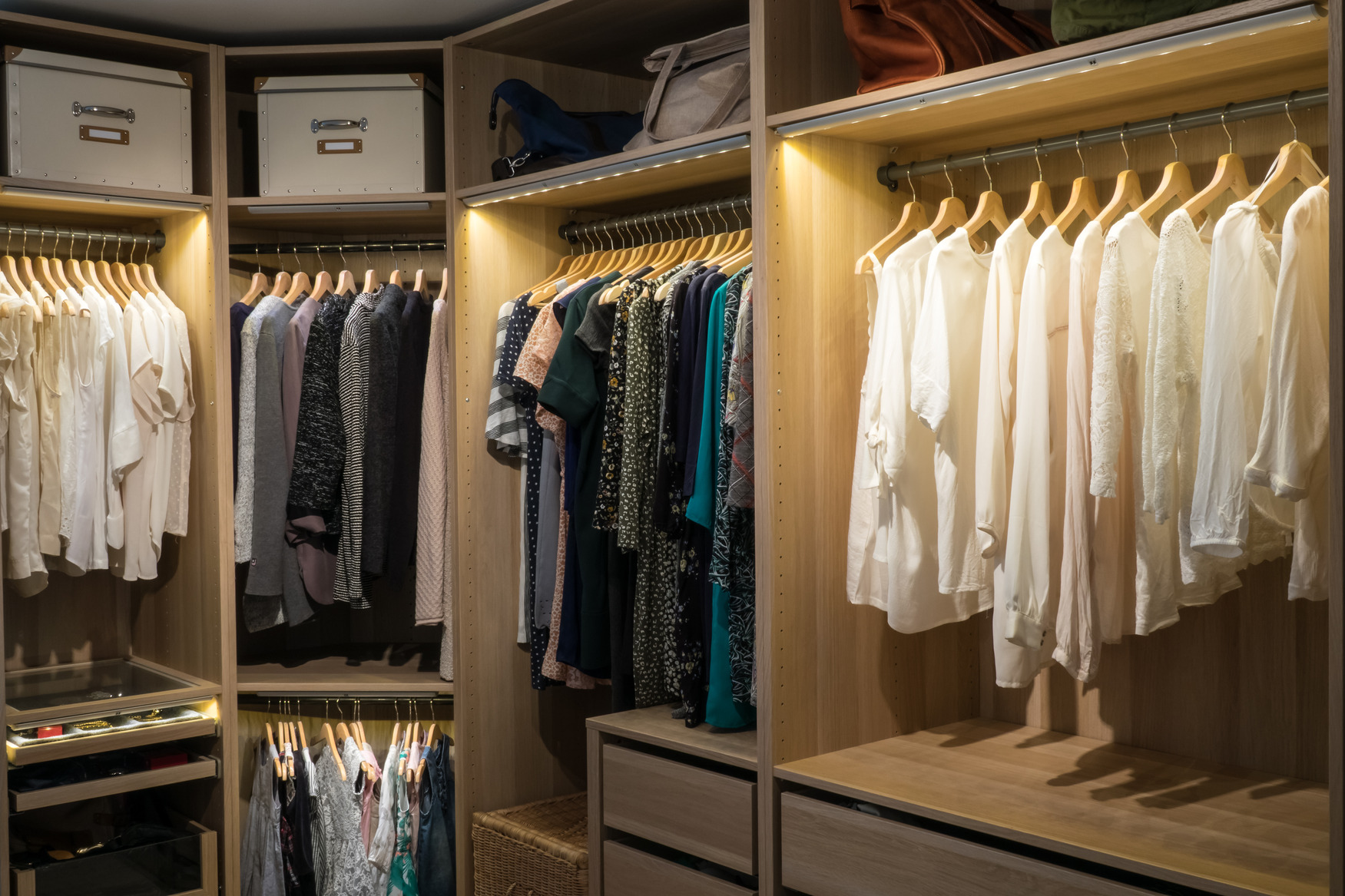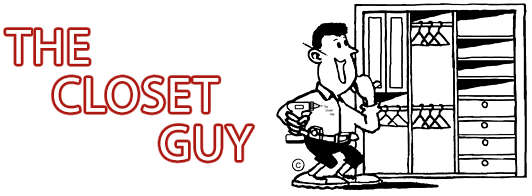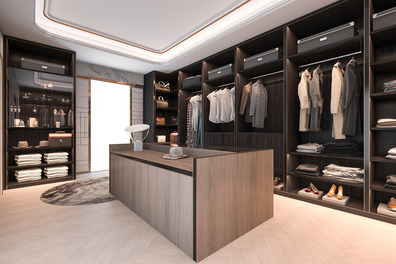
In luxury homes, closet design has evolved from just a functional space to a personal style and luxury hallmark. These transformations reflect broader changes in fashion and lifestyle, showcasing closets as integral elements in sophisticated home design. From essential storage areas, closets in luxury homes have become lavish, custom-designed spaces, underscoring their importance in the modern architectural narrative.
Early Closet Designs
The concept of the closet in luxury homes has its roots in the early days of architectural design, where closets served primarily as practical spaces for storage. Historically, closets were less about fashion and more about function, often used to store precious items or as private spaces for personal use. Over the centuries, the design and use of closets have undergone significant changes. Initially, they were modest in size and hidden away, reflecting the limited role of fashion and personal belongings in daily life.
However, as style and private collections grew in importance, so did the size and luxury of closets. This shift underscores a broader change in lifestyle and the role of personal space in luxury living, transforming closets from simple storage areas to integral components of home design and personal expression.
The Rise of Walk-In Closets
The emergence of walk-in closets as a luxury feature in homes marks a significant evolution in interior design and lifestyle. These expansive spaces, often more critical than traditional closets, emerged as luxury and status symbols. This transition mirrors the growing emphasis on fashion and personal style, providing ample space for extensive clothing collections and accessories. Walk-in closets became storage areas and secret dressing and display spaces, reflecting an increased interest in fashion and personal grooming.
Technological Integration
Technological advancements have significantly influenced modern closet design. Features like intelligent storage solutions and integrated lighting have become commonplace in luxury closets, adding functionality and aesthetic appeal. Smart systems allow for automated organization and retrieval of items, while advanced lighting systems enhance clothing and accessories display. These technologies transform closets into more user-friendly, efficient, and visually appealing spaces, aligning with the needs of a modern, tech-savvy homeowner.
Personalization and Customization
Current trends in closet design emphasize personalization and customization, catering to individual preferences and lifestyles. Custom shoe storage solutions, specialized accessory displays, and personalized wardrobe layouts are increasingly popular. These designs provide practical storage solutions and create unique spaces that reflect the owner’s style and needs, such as display areas for luxury handbags or specialized racks for sports equipment, making each closet a bespoke home feature.
Sustainability and Eco-Friendly Materials
Sustainability and eco-friendly materials are increasingly prominent in luxury closet design, reflecting a growing environmental awareness among homeowners. Using sustainable materials like bamboo, reclaimed wood, and recycled metal fixtures in closets showcases a commitment to environmental responsibility without compromising style or luxury. These materials are not only durable and aesthetically pleasing but also minimize the ecological footprint of the closet. This trend signifies a shift in luxury home closet design in Palm Springs, where environmental consciousness is as important as elegance and functionality.

